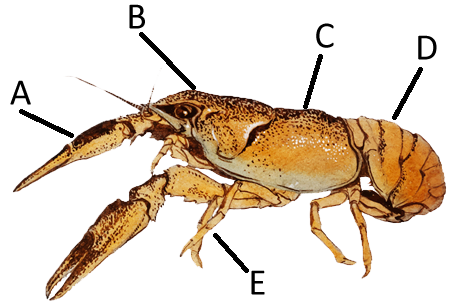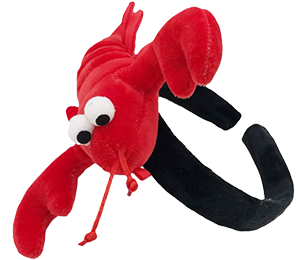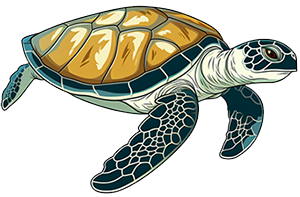
In most biology classrooms, students explore a variety of animal models. When learning about invertebrates, one of my favorite dissections is the crayfish. These specimens are inexpensive and easy to obtain from biological supply companies.
Unfortunately, the newest textbook (Miller and Levine, Bee Book), groups organ systems into two very long chapters on comparative anatomy. Typically, students will dissect a frog, a fetal pig, a squid, and a crayfish. There are some students who really are not that into dissections. To do all these dissections in quick succession is just too much!
My solution is to shift the crayfish dissection to earlier chapters on ecology. Crayfish are considered keystone species! In other words, their presence greatly benefits the health and stability of the ecosystem they inhabit. Some species of crayfish are invasive, or not native to the areas they are found, and they can actually cause damage to the ecosystem. Invasive crayfish can also reduce the number of native crayfish. Because of their importance to ecosystems, a crayfish dissection in earlier chapters makes sense.
Overview of the Project
Day 1 – Crayfish Introduction and Ecology
- Students read about crayfish and their role in ecosystems
- Introduction to the term “keystone species” and “invasive species.”
- Overview of crayfish habitats and how crayfish build burrows and chimneys
- Crayfish and food webs
Day 2 – External Anatomy of the Crayfish
- Identify structures of the head (mandibles, maxillipeds, antennae, eyes)
- Locate the body regions (cephalothorax, abdomen, and carapace)
- Explore the appendages (chelipeds, walking legs, swimmerets)
- Determine the sex of the crayfish
- Label a crayfish drawing
Internal Anatomy of the Crayfish
- Remove the carapace to expose the gills and digestive glands
- Locate the heart, stomach, intestine and green glands
- Identify the nerve cord, ganglia and brain
- Label the structures on a drawing
Day 3 – Finish Lab Handout and Color the Crayfish
*For fun, wear your favorite crayfish swag, like this headband!

Related Resources
Biology 1 & 1A Curriculum Guide
Interpreting a food web and trophic levels

